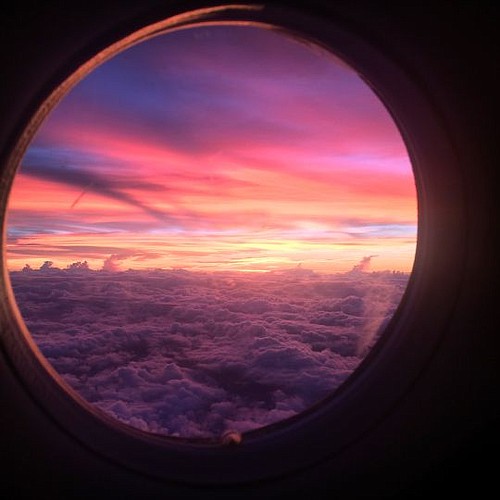
It was easy to find young Ian Sears when there was a thunderstorm rumbling through his Jacksonville neighborhood.
He’d be under the carport, watching the storm build throughout the afternoon. And he’d always keep an eye out to see if he could catch lightning strike a tree.
Once, when there were snow flurries in Jacksonville, Sears couldn’t wait to get outside to watch the little flakes drifting from the skies.
And as a 7-year-old weather aficionado, it was Sears who was getting the oil ready for the hurricane lamps as Hurricane Hugo approached the East Coast in September 1989.
Tracking the powerful hurricane’s path was “absolutely fascinating,” Sears said.
Now, the 2000 Sandalwood High School graduate tracks storms for a living.
Sears has been a flight director with the National Oceanic and Atmospheric Administration’s Hurricane Hunters since 2009. The team flies through tropical storms and hurricanes, gathering data to track the path and intensity.
His first flight was in 2009 during Hurricane Bill, which he described as a “category 4 with a nice eye.”
That nice eye had a lot of sunshine breaking through. “It was very picturesque,” Sears said.
On that first flight, Sears wasn’t a working crew member. The flight instructor told him to bring his camera and enjoy the moment. He wouldn’t have that chance again.
Sears wasn’t afraid. He was overwhelmed with all sorts of emotions, but fear was not one of them.
“I was kind of giddy in a way,” Sears said, telling himself, “I’m really doing this. This is going to be my job.”
Sears said much of the ride through a hurricane is relatively smooth. No more turbulent than what you get on a regular flight.
The P3 Orion is a rugged plane that moves slowly through the storm. He compared the ride to a Jeep driving 25-30 mph over a dirt road.
“It’s rough and bumpy but meant to handle it,” Sears said.
His roughest ride came during Hurricane Earl in 2010, when his supervisor was the instructor on the flight.
As he pointed out features of the eye wall on the radar, the instructor said, “This one’s going to be rough.”
And it was.
Sears compared it to the sensation he felt when his older sister would sit on the seesaw, while he was on the other end in the air. She would get up, letting him drop to the ground.
“It was that kind of feeling for 25 to 45 seconds,” he said. “It was continuous severe turbulence.”
Sears said he’s never felt in danger on a flight because the crew is never reckless.
“I’m not scared and it’s not scary,” he said, “but you have to be respectful.”
Crew members know what parts of a storm to avoid, especially embedded tornadoes that show on the radar.
“You avoid things that resemble that at all costs,” he said.
When not flying into hurricanes, the team may be called to collect data for other weather events, such as severe thunderstorms in the Midwest and the Great Plains, nor’easters off New York and Washington, D.C., and winter storms out of Nova Scotia.
His job can keep him on the road anywhere from 50-60 days a year to 120-150.
That can be taxing on his wife, Emily, and their two boys, Anderson, 6, and Everett, 3. When he’s gone for a long stretch, the boys can be “clingy for a week or two before the honeymoon phase wears off” and they get back to their routine.
Sears said his stepfather was a naval aviator and worked less than a mile from where Sears works in Tampa. In fact, he offered to take him on a tour on the base to see the Hurricane Hunters.
But, Sears said, “I was a teenager and not that interested.”
When Sears got his job, his stepfather told him, “I knew you’d be there.”
Sears, 33, is not sure how long he’ll continue as a Hurricane Hunter. Doing it for the next 25 years seems a little farfetched, he said, though he works with a couple of men who have done it more than 30 years.
He knows he’s fortunate to be doing something he loves, though it’s not what he planned when he received his degree in meteorology from Florida State University.
It’s also a path that’s completely different from his family, where his grandfather, dad and brothers were all small engine mechanics.
“Never in a million years, did I dream I’d be doing this. Yet, here I am,” he said.
Chasing weather, just like when he was a kid.
@editormarilyn
(904) 356-2466